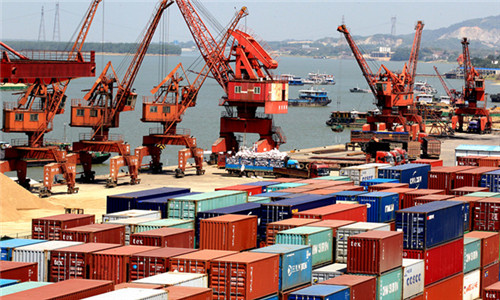 |
|
Changsha Xingang Port [Photo/rednet.cn] |
The State Council recently approved a plan, submitted by the Jiangxi, Hubei and Hunan provincial governments, to develop a cross-province city cluster along the middle reaches of the Yangtze River. Comments:
Officials and media outlets like to boast how big the city cluster might be. And truly, the planned city cluster is big - 317,000 square kilometers, equivalent to 85 percent of Japan and 89 percent of Germany in size. However, being big does not necessarily mean being competitive, because even cooperation among cities within the same province is still hindered by bureaucratism; the barriers need to be removed to realize trans-provincial cooperation.
Beijing News, April 8
The middle reaches of the Yangtze River has good industrial potential and rich natural resources, even good transportation, but its economy still lags behind the eastern coastal regions. I hope the plan can boost the region's growth and set a brilliant example of breaking the imbalance in development among different regions.
Wu Chuanqing, a professor of economics and management at Wuhan University, April 8
The plan is actually about integration within the region. Its success mainly depends on whether they can make policy breakthroughs and integrate the different local labor, land and capital markets by breaking the bureaucratic barriers.
Liu Yong, a researcher at the Development Research Center of the State Council, April 8
China has some existing city clusters, the most successful of which are those in the Yangtze River Delta and Pearl River Delta. However, both of them seized the historical opportunity presented by global industrial transformation. The newly planned city cluster will have to develop its own mode instead of just trying to copy its predecessors.
21st Century Business Herald, April 8